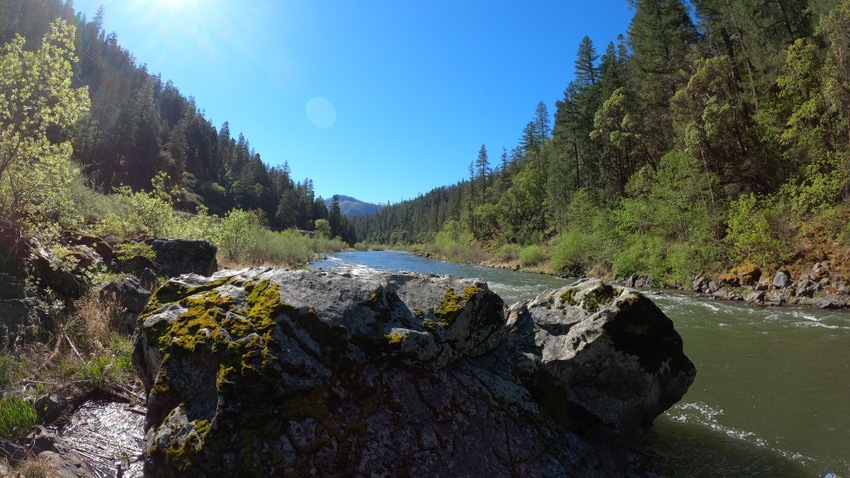
Proponents of the removal of four dams from the Klamath River in Northern California and Southern Oregon announced March 23 that work has begun on the project.
The Federal Energy Regulatory Commission's approval last fall cleared the way for the the Klamath River Renewal Corp., which has been pushing removal of the dams for more than a decade to help endangered fish, to team with California and Oregon in accepting transfer of the project license from energy company PacifiCorp and start the dam removal process.
The project is on track to be completed in 2024, officials said in an online news conference.
“Crews are already in the field doing the preliminary work for dam removal,” explained KRRC Chief Executive Officer Mark Bransom. “This work includes bridge upgrades, new road construction to access the dam sites more easily, worksite development, and more.”
The project is funded by $200 million from PacifiCorp and $250 million from a California water bond passed in 2014.
The three larger dams are to be removed next year with removal of all four dams completed by the end of 2024; however, the restoration of the 38 mile reach of river impacted by the dams will take longer. That restoration process is already underway as well.
A running start
“We wanted to get a running start on this project,” explains Dave Coffman, the Northern California and Southern Oregon Director of Resource Environmental Solutions (RES). “Our crews spent several years collecting thousands of native seeds from plants around the reservoir sites that we propagated at commercial nurseries to become 17 billion seeds and thousands of saplings. As soon as the reservoirs are drawn down, we will immediately start the restoration process by seeding these areas.”
Proponents claim the dam removals will be the largest river restoration project in U.S. history, opening up hundreds of miles of habitat for a salmon fishery that has been in decline.
Removal of the dams has been under discussion among local, state and federal agencies for more than a decade and generated controversy among growers in the Klamath Basin, which straddles the California-Oregon state line. Though the dams don't provide water for irrigation, some growers and political leaders fear the dams' removal will drive up energy costs and perhaps lead to reductions in water for farms.
The decommissioning effort includes restoration of 8,000 acres currently inundated by the hydroelectric dams, which were built between 1918 and 1962, Oregon State University explains. OSU researchers last summer launched a 3½-year partnership with the Yurok Tribe to study what the connections between river quality, water use and the aquatic food web will look like after the four dams are dismantled.
The KRRC is a private entity created by state and federal authorities and PacifiCorp to assume ownership of the dams and restore the river's natural flows to aid downstream fisheries. Proponents went through the FERC process after failng to move dam-removal authorization through Congress by a 2015 deadline.
The dams set for renewal are the Iron Gate Dam and Copco dams No. 1 and No. 2 in California's Siskiyou County and the John C. Boyle Dam near Klamath Falls, Ore.
Source: Klamath River Renewal Corp.
About the Author(s)
You May Also Like






